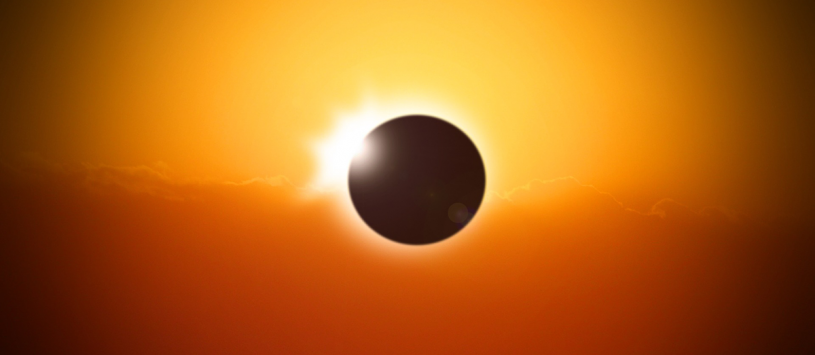On Monday, August 21, 2017, the sun will go dark in one of nature’s greatest spectacles: a total solar eclipse. But remember; an eclipse is a rare and striking phenomenon you won’t want to miss, but you must carefully follow safety procedures.
This phenomenon happens when the moon passes between the Earth and the sun, blocking out the sun for several minutes. The path of the total eclipse will cross Oregon, Idaho, Wyoming, Nebraska, Kansas, Missouri, Illinois, Kentucky, Tennessee, North Carolina, Georgia and South Carolina. The rest of North America will see a partial eclipse.
Here are the prime exposure times and places in New Jersey:
- A partial eclipse will begin at about 1:20 p.m., peak at about 2:45 p.m. and end shortly before 4 p.m. on Aug. 21.
- The moon will block about 70 percent of the sun at the state’s northern border with New York, near High Point in Sussex County, and about 80 percent in Cape May.
Safety Tips:
- Always inspect your solar filter before use; if scratched or damaged, discard it.
- Always supervise children using solar filters.
- Stand still and cover your eyes with your eclipse glasses or solar viewer before looking up at the bright sun. After looking at the sun, turn away and remove your filter — do not remove it while looking at the sun.
- Do not look at the un-eclipsed or partially eclipsed sun through an unfiltered camera, telescope, binoculars, or other optical device.
- Don’t look at the sun through a camera, a telescope, binoculars, or any other optical device while using your eclipse glasses or hand-held solar viewer — the concentrated solar rays will damage the filter and enter your eye(s), causing serious injury.
- Seek expert advice from an astronomer before using a solar filter with a camera, a telescope, binoculars, or any other optical device. Note that solar filters must be attached to the front of any telescope, binoculars, camera lens, or other optics.
- Outside the path of totality, you must always use a safe solar filter to view the sun directly.
- If you normally wear eyeglasses, keep them on. Put your eclipse glasses on over them, or hold your handheld viewer in front of them.
Remember: The only safe way to look directly at the un-eclipsed or partially eclipsed sun is through special-purpose solar filters, such as “eclipse glasses” or hand-held solar viewers. Homemade filters or ordinary sunglasses, even very dark ones, are not safe for looking at the sun. Can’t find glasses? Try a “Shoebox style” pinhole viewer.
Can’t Make it outside? You can watch NASA’s live stream at nasa.gov/eclipselive.
For more information, visit nasa.gov/eclipse-101
Worried About Your Pet?
“On a normal day, your pets don’t try to look at the sun, and therefore don’t damage their eyes. On this day they’re not going to do it, either.”—Angela Speck, director of astronomy at the University of Missouri
In other words it’s unlikely that your dog or other pet ignore their instincts and stare at the sun. Still, it is theoretically possible that a dog might decide to look and see what everybody around them is looking and pointing at; read more at iheartdogs.com

